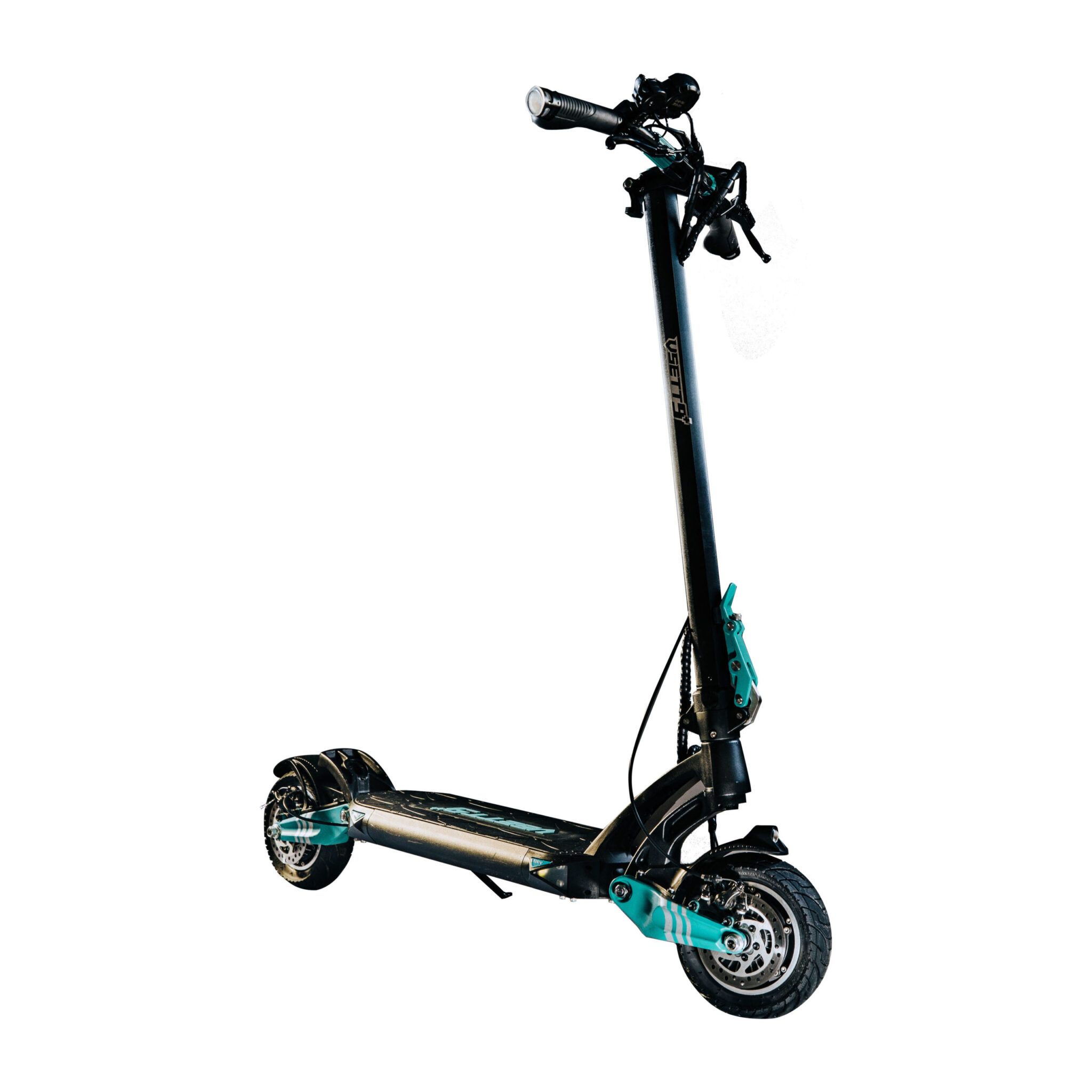How to convert a large motorcycle to electric?
Converting a large Motorcycle to electric requires careful planning and expertise in electrical systems and mechanical modifications. Here are some steps to guide you through the conversion process:
1. Determine the power and range requirements: Consider how far you want the electric Motorcycle to go on a single charge and how much power you'll need for your desired performance.
2. Select the right electric components: Research and choose the appropriate electric motor, battery pack, controller, and charging system based on your power and range requirements. Make sure the components are compatible with your Motorcycle's frame and weight.
3. Remove the internal combustion engine: Strip out the existing engine, fuel tank, and exhaust system from your Motorcycle. This may involve disassembling the bike, so it's recommended to seek professional assistance or consult an experienced electric Motorcycle conversion specialist.
4. Modify the frame: Adjust the frame or modify it if necessary to accommodate the new electric components. Ensure proper placement and secure mounting of the motor and battery pack.
5. Install the electric components: Connect the electric motor, controller, and battery pack according to the manufacturer's instructions. Pay attention to wiring and ensure all connections are secure.
6. Modify the transmission system: Electric motorcycles typically use a single-speed transmission or direct drive system. Modify your Motorcycle's transmission to suit the electric motor's power delivery.
7. Mount the battery pack: Place the battery pack in a secure and well-ventilated location on the Motorcycle. Ensure it doesn't hinder the rider's comfort or alter the bike's balance.
8. Test and troubleshoot: Before taking your converted electric Motorcycle on the road, thoroughly test all the electric components to ensure they're functioning correctly. Identify and resolve any issues that may arise during this testing phase.
9+. Safety considerations: Ensure the final conversion meets safety standards and regulations. This may involve adding appropriate lighting, reflectors, and safety gear.
10+. Enjoy your electric Motorcycle: Once your conversion is complete and everything is working as intended, you can enjoy the benefits of riding a large Motorcycle powered by electricity, including reduced emissions, lower maintenance costs, and a quieter riding experience.
Remember, expertise in electric vehicle conversions is crucial to ensure a successful and safe conversion. It's recommended to consult with professionals or seek assistance from experienced electric Motorcycle conversion specialists.
1. Determine the power and range requirements: Consider how far you want the electric Motorcycle to go on a single charge and how much power you'll need for your desired performance.
2. Select the right electric components: Research and choose the appropriate electric motor, battery pack, controller, and charging system based on your power and range requirements. Make sure the components are compatible with your Motorcycle's frame and weight.
3. Remove the internal combustion engine: Strip out the existing engine, fuel tank, and exhaust system from your Motorcycle. This may involve disassembling the bike, so it's recommended to seek professional assistance or consult an experienced electric Motorcycle conversion specialist.
4. Modify the frame: Adjust the frame or modify it if necessary to accommodate the new electric components. Ensure proper placement and secure mounting of the motor and battery pack.
5. Install the electric components: Connect the electric motor, controller, and battery pack according to the manufacturer's instructions. Pay attention to wiring and ensure all connections are secure.
6. Modify the transmission system: Electric motorcycles typically use a single-speed transmission or direct drive system. Modify your Motorcycle's transmission to suit the electric motor's power delivery.
7. Mount the battery pack: Place the battery pack in a secure and well-ventilated location on the Motorcycle. Ensure it doesn't hinder the rider's comfort or alter the bike's balance.
8. Test and troubleshoot: Before taking your converted electric Motorcycle on the road, thoroughly test all the electric components to ensure they're functioning correctly. Identify and resolve any issues that may arise during this testing phase.
9+. Safety considerations: Ensure the final conversion meets safety standards and regulations. This may involve adding appropriate lighting, reflectors, and safety gear.
10+. Enjoy your electric Motorcycle: Once your conversion is complete and everything is working as intended, you can enjoy the benefits of riding a large Motorcycle powered by electricity, including reduced emissions, lower maintenance costs, and a quieter riding experience.
Remember, expertise in electric vehicle conversions is crucial to ensure a successful and safe conversion. It's recommended to consult with professionals or seek assistance from experienced electric Motorcycle conversion specialists.
Subscribe to Ride Review
Sign up for free for the Ride Review Newsletter - the world's largest newsletter about small electric vehicles - and have chances to win our electric bike and scooter giveaways. Trusted by over 60,000 riders around the world.

Join Ride Review Newsletter
The largest newsletter for small electric vehicles. No spam, just rides!
Join Ride AI Newsletter
We track how technology is changing the way we move.
When you purchase through links on our site, we may earn an affiliate commission.


